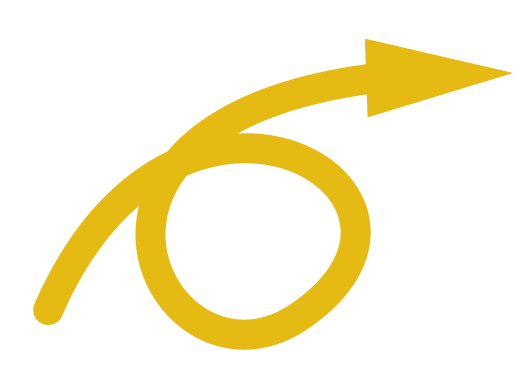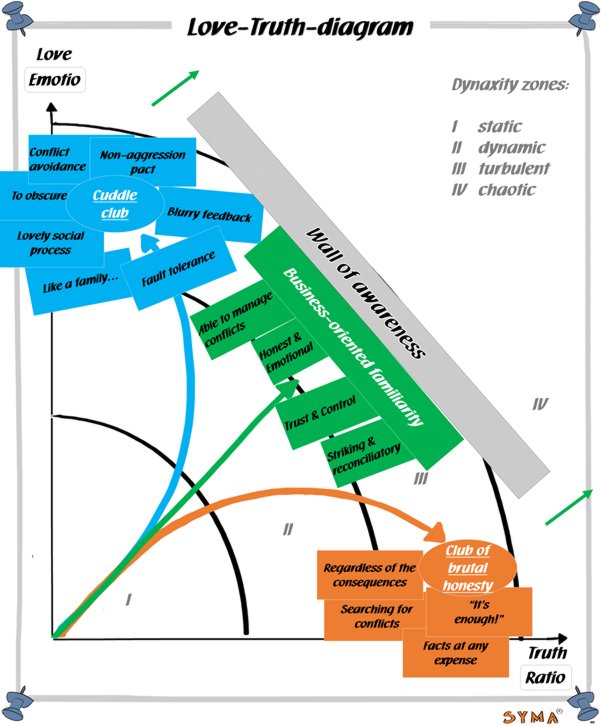Further information is available at:
Dynaxity on Wikipedia
Dynaxity
Dynaxity is an artificial word, composed of dynamics and complexity. The term Dynaxity describes the combination of dynamics and complexity. Heijo Rieckmann and Klaus Henning “invented” the term at the end of the 1980s. Since then it has been an integral part of the SYMA Seminar seminar and was published by Rieckmann, Henning and others in 1991 and following. Since then, Dynaxity has become an established term in the corporate world. The degree of Dynaxity is differentiated between the zones static (1), dynamic (2), turbulent (3) and chaotic (4). Dynaxity can also be viewed in the area of conflict between truth and love. The truth-love diagram is a popular tool for improving the social core process.
With growing turbulence and threatening chaos, people tend to “cuddle up” – according to the motto: Let’s be friendly and kind to each other so that we can endure the chaos. However, more and more truth is repressed and many facts are ignored.
This usually only works well until the repressed facts become so noticeable that they can no longer be repressed. Then it often comes to the “brutal corner”, where nothing but the bare facts count. Pure reason without consideration of emotions and feelings.
Good management under turbulent conditions keeps the balance between the two extremes: Square and reconciling, trust and control, honesty and emotionality. Then we call it “functional familiarity”. It requires a functioning social core process.
This way of dealing with complexity and dynamics can be trained: tasks and factual processes can be brought to the point by many. Many managers also have a good eye for the individual and his or her contribution to the whole. But to combine this in an excellent way to create an efficient and effective cooperation is an essential core of our consulting approach.

